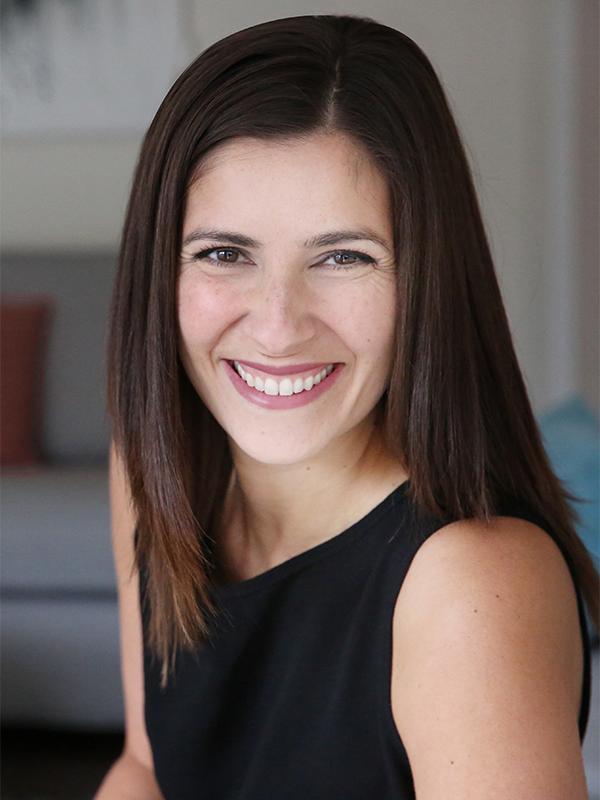SQUARE FOOT GARDENING
Spring is in the air! With record-breaking temperatures at the end of February, planning for your vegetable garden is a good idea.
Concept
The term square foot gardening -sometimes referred to as raised bed gardening- is the idea that your garden is sectioned off into one-foot by one-foot gridded beds that allow you to reach into your entire garden to prune and harvest. Garden beds can be square, columns, or any shape desired; sitting on the ground, elevated to prevent back ache, and even tiered to maximize space. In addition, the garden beds sit on top of -not in- the ground.
Mel Bartholomew's innovative idea to garden in grids, rather than the traditional rows, has allowed many to have personal gardens in spaces where gardens were never found. A square foot garden can be in the yard, on the driveway, on the balcony, or even on a rooftop.
Equipment
The structure can be made from left over wood such as plywood measuring four by four feet. Holes are drilled to allow for drainage. The rails are made from two by six planks resting on their edge and nailed to form the exterior of the box. Use wood lath to lay out your grid. Each grid box is now one by one foot big. Certain plants to require a deeper soil bed. Research the garden you wish to plant before building you structure! You can be creative and design your box in any way you wish so long as you keep to the concept of being able to reach into all parts of your box without stepping into the bed. You can elevate your bed and put it on wheels so that it can be moved around your backyard and even into your home for the winter.
Optimal soil is encouraged from the start. A mix of the existing soil, peat moss, vermiculite, and compost is recommended.
Depending on the season, your bed may need a cover -cages to keep out pests, plastic tarp to keep out extreme wind and rain, and blankets to keep out frost. You can extend your season by taking care of your garden bed as the elements start to change. Sun, rain, wind, and frost are just some of the elements you may have to contend with. In addition, vertical supports may be needed for your plants.
Plant each square according to the area needed for the plant to grow. He encourages that each square be planted according to the space the vegetable requires for optimal growth. For example, a radish requires far less earth for optimal growth then a cauliflower. You can plant sixteen radishes per square, but should only plant one cauliflower per square.
Recommended Reading
All New Square Foot Gardening by Mel Bartholomew.
Links
http://squarefootgardening.org/











